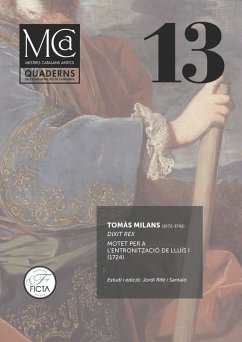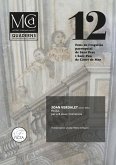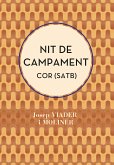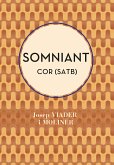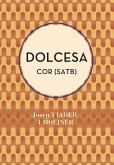The motet Dixit Rex by Tomás Milans (1672-1742) was composed in 1724 on the occasion of the proclamation of Louis I (1707-1724), son of Philip V, as king of Spain. And, while his reign was brief, since the king died eight months later, his enthronement was enthusiastically feted in many cities, as reflected in different documents of the time. In the Girona of 1724 this coronation was also celebrated and the festivities are recorded in the document Relación de las singulares públicas festividades ("Description of special public festivities..."). This records in detail the activities organised during the eight days of the celebrations, from 26 March to 2 April 1724. In addition, the decoration of streets, squares, stately homes, public and religious buildings is carefully described; various events are also mentioned, such as theatrical performances, dances, processions with the royal banner and liturgical ceremonies; and the different instruments and instrumental ensembles used are listed, namely oboes, shawms, timbales and violins. The musicians who formed the groups came from military regiments, religious chapels and minstrels' guilds. This is the historical context of the Dixit Rex motet. When Tomás Milans composed the Dixit Rex motet in 1724, he occupied the position of chapel master at the Cathedral of Girona. This motet has an important place in his oeuvre, being his only known piece of profane music with Latin text. The manuscript is stored at the National Library of Catalonia under shelf number Ms BC 740/10. It proposes two choirs and an instrumental ensemble formed by violins I and II, organ and accompaniment for ten voices; with a formal arrangement in four parts - the first part, Sinfonía, missing - and in the key of B flat major with homophonous and imitative textures, concertato and accompanied melody. In line with the theorists of the time - among them, Valls and Ulloa - the use of rhetorical figures in different parts of the motet, such as anabasis, anadiplosis and homeoteleuton among others, responded to the idea of emphasizing the text. On the one hand, this text expresses the popular acclaim given to the new monarch and, on the other, the attempt to link the monarchy with the house of Israel. Thus, we can regard the Dixit Rex motet as a profane paraphrasis of Psalm 109 Dixit Dominus, with which it would appear that the monarchic relationship with the dynasty of Israel tends to corroborate the human-divine nexus that royalty was supposed to possess. Although the text is in Latin, the Dixit Rex motet escapes the canons of the sacred motet and is closer in form to the villancico in its compositional procedures. Likewise, the Todos section features a common cross-frontier language typical of composers such as Corelli and Handel. In the context of the Girona of 1724, the motet was part of all the acts and celebrations typical of the pomp involved in the proclamation of a new monarch, fully fulfilling the compositional goals of Baroque rhetoric, summarized as instructing, delighting and moving the listener.
Dieser Download kann aus rechtlichen Gründen nur mit Rechnungsadresse in A, B, BG, CY, CZ, D, DK, EW, E, FIN, F, GR, H, IRL, I, LT, L, LR, M, NL, PL, P, R, S, SLO, SK ausgeliefert werden.
